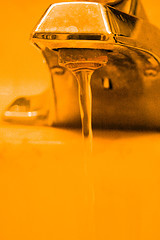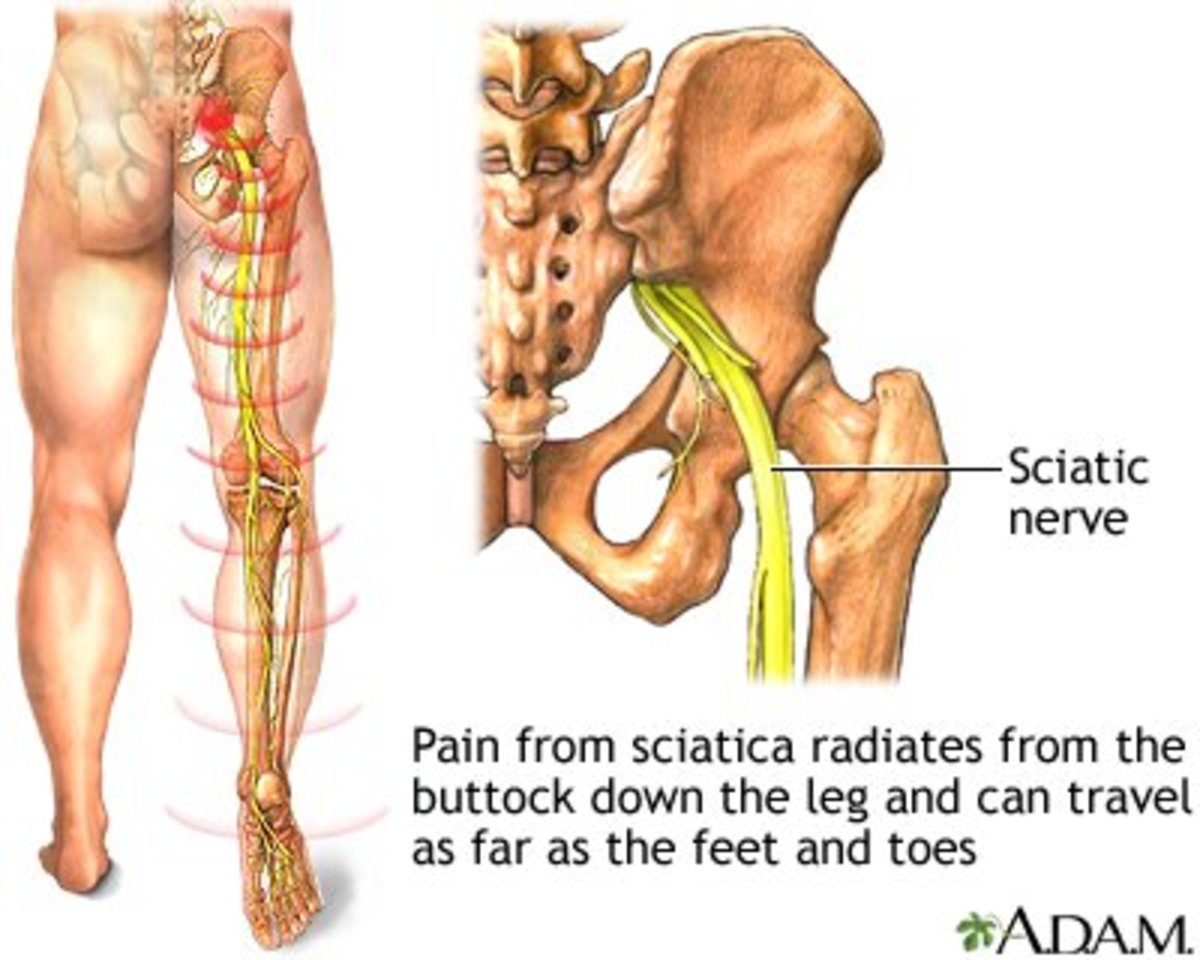Products Causes and Treatments for Urinary Incontinence
What is Urinary Incontinence?
Urinary incontinence is quite simply, the involuntary loss of urine. It is a medical condition, but one that does not necessarily need surgery to see improvement.
The affect that urinary incontinence or loss of bladder control can have on your everyday life depends on how you handle the situation. At the end of the day it is a medical condition, that can be successfully managed with the proper consultation and treatment.
Many people can become particularly embarrassed and find that having such a problem can become quite debilitating and really start to take a toll on their social life and emotional well being.
There are many causes for incontinence, but thankfully there are also many products and treatments available today making incontinence a relatively easy and hassle free condition to manage.
The key is finding which method is best for your personal situation. There are various reasons for Urinary incontinence, each with different degrees of severity. Stress incontinence for example, is due to weak muscles, and therefore easier to manage than say Urge incontinence, as this is caused by involuntary muscle spasms and contractions in the bladder. Which seem to be completely random in nature.
Nothing can replace a medical professionals advice. Sitting down and having a chat with the family doctor will ensure that you are informed on all options available. From over-the counter products right to the other end of the spectrum with full blown surgery, you will thank yourself for getting to the doc.

Urinary Incontinence Supplies and Products
There are many products available that are designed specifically for bladder incontinence. Supplies are made for all ages, from children, to young women, men, and the elderly. There are medical alternatives but many choose the more traditional consumer items. They are less invasive than surgeries and medicines, discreet, and very effective at managing this condition, meaning less disruption to your lifestyle.
Incontinence supplies can be found in the hygiene section of your local supermarket, and at most pharmacies. For those who aren't as mobile, there are also websites that take orders for home deliveries and deliver direct to your door.
Speaking with a medical professional will help you with choosing which product is best for you depending on your needs. There are a range of disposable products available that work by absorbing any leakage during both the day and night.
Used on there own to manage urinary incontinence, absorbent pads and the like are very effective in managing the symptoms of this medical condition.

What is Urinary Stress Incontinence?
Urinary stress or effort incontinence happens during physical activity, such as laughing, coughing, or during physical exertion like heavy lifting and running. In stress incontinence cases, the pelvic floor muscles that support the bladder are generally weakened.
This can be due to many factors, such as injury, medications, or previous trauma to the area including surgery and that sustained during pregnancy and childbirth.
What is Urge Incontinence?
Urge incontinence is caused by spasms and contractions in the bladder, giving the sudden and overwhelming urge to urinate. Urge incontinence can have a significant impact as the spasms are inherently random and unexpected and can occur whether the bladder is full or not. Which can be potentially embarrassing and severely affect and diminish ones lifestyle and enjoyment.
Some causes of this condition include problems with the nervous system, bladder irritation or inflammation, or possibly bladder obstruction.
What is Overflow Incontinence?
Overflow incontinence is more common in men than in women due to one cause being and enlarged prostate. Overflow incontinence happens when you are unable to completely empty your bladder, which leads to it overflowing, which then leads to the involuntary loss of urine.
This can be caused by blockages of the urethra from swelling or obstruction, weak muscles which are incapable of emptying the bladder and nerve damage or injury. In some cases, overflow incontinence is a side affect of some medications.
Urinary Incontinence in Women: Treatments and Products
Women are twice as likely to develop urinary incontinence problems than men, due to pregnancy and childbirth.
Treatments include:
- Bladder control exercises
- Certain medications to help relax the bladder
- Behavioral treatments - understanding your body's cues and becoming aware of them
- Nerve stimulation therapy
- Internally worn devices designed to support weak pelvic muscles
- catheter - a device inserted into the urethra device to empty the bladder
- Surgery
Some of these treatments are far more invasive than others and treatment will depend on the severity of your condition. Non severe incontinence can be effectively managed with bladder control, or kegel exercises and the help of incontinence pads.
Products
There are both disposable and reusable products available for women. There are washable incontinence panties that come with or without absorbent inserts, the more well known panty liner and travel urinals. The panty liner is by far the more widely used option and there is such a big market out there that it is hard not to come by good value for money.
Male Urinary Incontinence: Treatments and Products
Men are more likely to develop incontinence with age, leading to stress, urge or overflow incontinence.
Common causes include prostate problems, nerve problems, and after effects of previous surgeries or treatments for prostate problems.
Treatments include:
- Behavioral treatments - implementing regular bathroom breaks and the like
- Bladder control exercises
- Pharmaceuticals
- Surgery
As always, consult with your medical professional to make an informed decision about what is best for you.
Products
There are a wide range of men's incontinence products available. Adsorbent pads designed for males, washable adsorbent underwear, or disposable underwear. External catheters designed to be worn over the penis instead of being inserted into the urethra, these lead to a small drainage bag that can be worn under clothing, bigger drainage bags are also available. There are also portable urinals that can be taken out with you.

Bladder Control Exercises
Known as kegel exercises, toning of the pelvic floor muscles can make a tremendous difference if done consistently and properly.
Because the pelvic floor muscles are the main support for the bladder, strengthening of these muscles can do wonders for bladder control.
Kegel exercises are the contracting and holding of the pelvic floor muscles for a few seconds at a time. Generally starting off holding for a 3 second period and then relaxing. The benefit comes in working everyday to hold the pelvic floor muscles for longer. Improvement should be seen after 3 -5 weeks.
These exercises only need to be done for 5 minutes, about 3 times a day. They can be done lying down, sitting or standing, whenever you get a spare 5 minutes.
You are targeting the pelvic floor muscles, the easiest way to find them is by trying kegel exercises while you are urinating, as the contraction will stop the flow of urine.
You are trying to contract only these muscles without squeezing your abdomen, legs or any other muscle groups.
Kegel exercises are recommended to women in who are pregnant to help with incontinence that occurs in the later stages of pregnancy.
Surgery for Urinary Incontinence
In cases where incontinence cannot be satisfactorily kept under control with over the counter products or medicines, surgery may be an option.
There are many surgical options available that range from minimally invasive to major surgical procedures. Surgery is by far the most invasive method for controlling incontinence and every surgery has the added risk of complications.
If you suffer from more than one form of incontinence, surgery cannot cure both forms.
There are low-risk procedures available for stress incontinence that include surgically implanting a sling to create support around the bladder and help keep the urethra closed, when previously it would have opened during coughing, or sneezing.
There are more high risk procedures available, your doctor will be able to tell you associated risks and benefits of each.
Getting Back To Life
With all the options available, there is sure to be something suited to your situation. Incontinence sufferers can have full enjoyment and quality of life and need not be controlled by this condition.
Some of the more popular retailers of these products, Tena and Depend, offer free samples on their websites.
Many are held back by the fact that they are embarrassed about talking to anyone about it. Incontinence is a medical condition, just like kidney stones, just like an infection, just like arthritis. The longer it is left, the more debilitating it becomes. Taking back control is as easy as calling the doctor.









